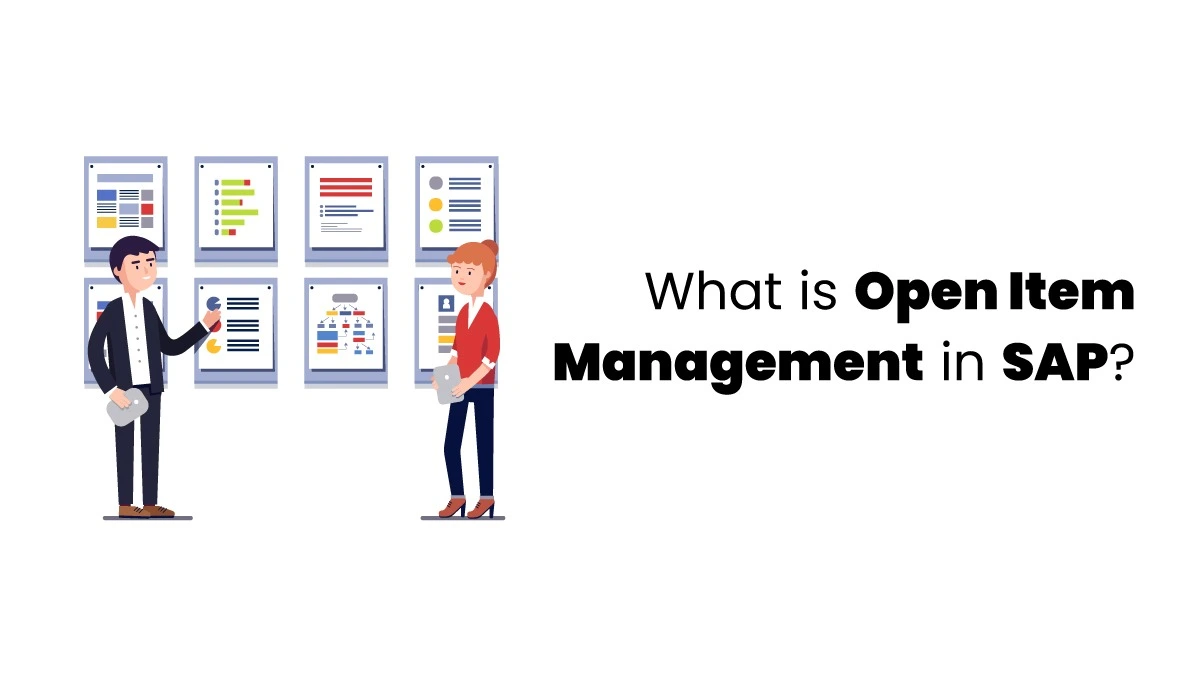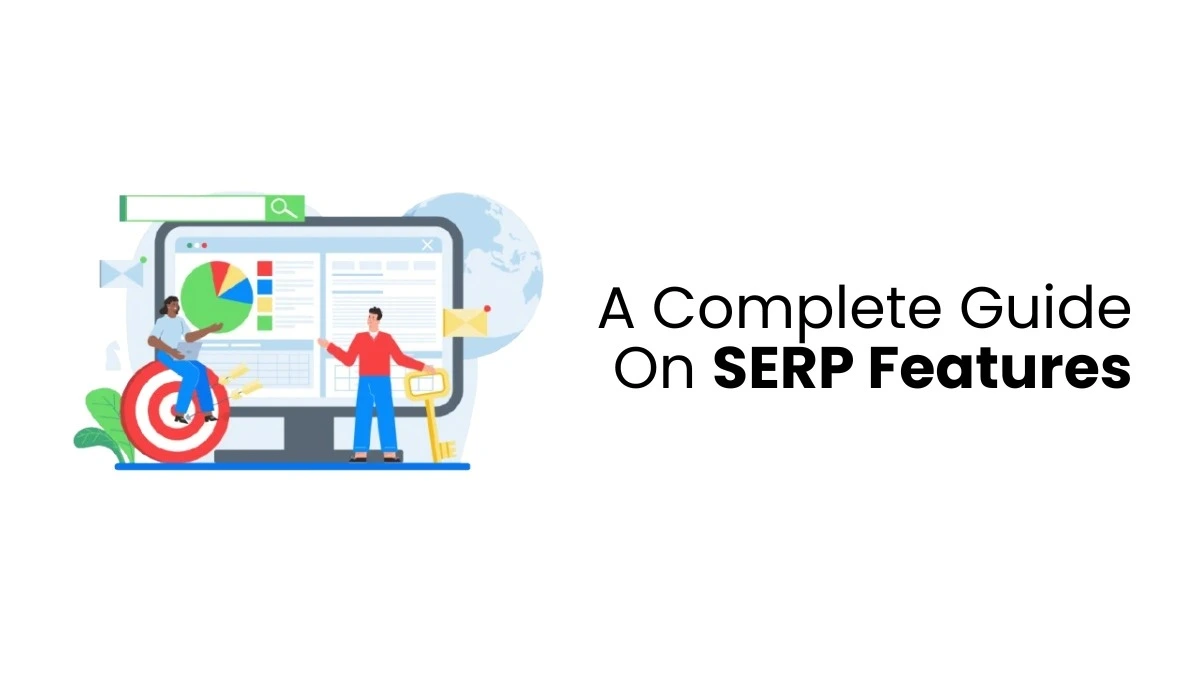General Ledger Accounting in SAP helps you see all your financial records and accounts in one place. It records all your business transactions, including direct and internal entries. It also connects with other parts of your business to keep your accounting data accurate and complete.
The general ledger is an important part of any accounting system. In SAP, it plays a bigger role because it combines data from different business processes into one place. It helps businesses keep financial records, create reports, manage cash flow, track fixed assets, and handle payments and invoices. This makes financial management easier, more organized, and more accurate.
General Ledger Functions
The SAP general ledger is the main part of the SAP system that helps keep financial records accurate and organized. It uses a single data source, making accounting more transparent and easier to manage. It also improves control over cash flow and reduces risks, such as errors in account reconciliation or problems with legal compliance. Since all financial data is stored in one place, businesses can easily access and use it for reports and decision-making.
Real-Time Updates and Automation
The general ledger accounting in SAP always keeps financial data up to date. It is set up based on a chart of accounts, company codes, and business areas, which apply to all sub-ledgers like accounts receivable, accounts payable, and inventory. Any entry made in a sub-ledger is automatically added to the SAP general ledger. This ensures real-time accuracy and helps business owners maintain greater visibility of their finances.
Transactions and Analysis
The SAP general ledger records different types of transactions, such as standard entries, adjustments, foreign currency changes, and recurring payments. It also lets users temporarily save (or “park”) documents that need approval before final posting.
Businesses can analyze their finances by looking at individual transactions (line items) or checking total account balances. At the end of an accounting period, the general ledger helps with closing tasks like adjusting profit and loss statements, organizing accounts, and handling advance or delayed payments.
Flexible and Easy to Expand
The general ledger accounting in SAP is designed to grow with a business. It can connect with other SAP modules to handle different financial tasks. Along with the main and sub-ledgers, it can work with human resources, production costs, inventory management, and supply chain operations. For example, in supply chain management, it helps track finances for buying, storing, producing, and selling goods, making sure all financial data is well connected.
Benefits of General Ledger Accounting
Along with legal requirements, General Ledger Accounting helps you in these ways:
Handling Different Accounting Standards
You can manage multiple accounting rules, like IFRS and local GAAP, using separate ledgers.
Manage Reports Easily
You can create both legal and internal business reports at the same time. It also helps you generate financial reports for specific areas, like profit centers.
Segment Reporting
It supports segment reporting, which is needed for IFRS. The system has a special section for this.
Cost of Sales Accounting
You can manage the cost of sales accounting within General Ledger Accounting. To support this, General Ledger Accounting includes the Functional Area dimension.

Integration
General Ledger Accounting connects with different parts of your system to process journal entries and posting data. These include:
- Asset Accounting – Tracks and manages company assets.
- Accounts Receivable and Accounts Payable – Handles customer and supplier transactions.
- Management Accounting and Margin Analysis – Supports cost control and profitability analysis.
- Sourcing and Procurement – Manages purchasing and supplier costs.
- Treasury and Risk Management (TRM) – Oversees financial risks and liquidity.
Features
General Ledger Accounting in SAP comprises the following functions for entering and evaluating posting data:
- Free choice of level: corporate group or company
- Automatic and simultaneous posting of all subledger items in General Ledger Accounting (reconciliation accounts)
- Simultaneous updates of the parallel general ledgers and of the cost accounting areas
- Real-time evaluation of and reporting on current posting data, for example, as account displays or financial statements with different balance sheet versions.
In this way, General Ledger Accounting automatically serves as a complete record of all your business transactions. It is the centralized, up-to-date reference for the rendering of accounts. Individual transactions can be checked at any time in real time by displaying the original documents, line items, and monthly debits and credits at various levels such as:
- Account information
- Journals
- Totals or transaction figures
- Balance sheet and profit and loss evaluations
Chart of Accounts
A chart of accounts (COA) is a list of G/L accounts used by one or more companies. Each G/L account has an account number, account name, and details about its purpose. In an operating chart of accounts, it also shows how the account is set up for each company.
With SAP S/4HANA Cloud Public Edition, businesses can use different types of charts of accounts. This helps them track daily transactions and create financial reports at different levels while following various accounting rules.
Types of Charts of Accounts
SAP provides different charts of accounts to manage financial records:
- Operating Chart of Accounts – This includes G/L accounts used for daily transactions. It is automatically linked to company codes and is used for accounting, financial closing, and management reports.
- Group Chart of Accounts – This includes G/L accounts used by the entire company group. It helps with external reporting and combining financial data from multiple companies.
Setting Up the Chart of Accounts in SAP S/4HANA Cloud
SAP S/4HANA Cloud Public Edition provides ready-made charts of accounts (COA) that businesses can use as they are or customize. For example, the operating COA (YCOA) comes pre-delivered.
When setting up SAP S/4HANA Cloud, businesses can change the G/L account details and financial report formats in their development system. After the setup, they can keep adding or changing G/L accounts and reports as needed. Any updates made in the development system are tested first and then moved to the production system for actual use.
Types of Ledgers in SAP
SAP has different ledgers to manage financial records:
- Leading Ledger – SAP provides a default leading ledger (0L), which is used by all company codes. It follows the same currencies, fiscal year, and posting rules as the company. This ledger is the main ledger used for legal financial reporting.
- Non-Leading Ledgers – These additional ledgers run alongside the leading ledger and follow different accounting rules. For example, ledger 2L is for IFRS, and ledger 3L is for US GAAP. Businesses need to activate non-leading ledgers for each company if required.
To learn more about general ledger accounting in SAP, joining Finprov’s SAP certification course is an excellent opportunity for learners to enhance and deepen their expertise in SAP.










